 Pandemic I Movie Industry
Pandemic I Movie Industry
Roll the film: COVID-19 disrupts world’s moviedom
The impact that Covid-19 has had on the movie industry worldwide is metamorphic. Lauren Polanski, Sophia Gonzalez and Skylar Laird from USA and Avra Biswas from India report on the rise of OTT and downturn of big screen amid a raging pandemic
Outside Logboat Brewing Company in Columbia, Missouri, moviegoers sat on lawn chairs and picnic blankets, waiting for a film to begin.
With no theatre lights to dim, the movie couldn’t start until the sun set. But as darkness fell, a projector whirred to life. The crowd grew quiet. The show went on — despite a global pandemic.
Across the world in India, outdoor movies weren’t even an option. As COVID-19 swept the country, people stuck inside turned instead to streaming services to keep them entertained.
Movie theatres everywhere took a hit when the pandemic shut businesses down. Since then, people and companies have found creative ways to watch movies, like outdoor showings or using streaming services, leaving movie theatres to fight for survival.
Over a year later, it’s unclear whether this shift is permanent or if movie theatres will make a comeback.
Cut to the scenario in film-crazy India which is now battling a deadly second wave of Covid-19
The much-awaited Hindi movie ‘Radhe’ starring Bollywood superstar Salman Khan in India released on Eid on the OTT platform Zee5 instead of theatres.
Zee Entertainment released the film simultaneously on pay-per-view platform Zee Plex, as well as over the top (OTT) platform ZEE5. Well it did have a theatrical release, but not in India, reeling under Covid19 and mostly locked down.
.jpg)
Radhe is the first Indian big budget film to have released on OTT platform in India and in theatres abroad.
Though the film received a poor review, Zee in a statement claimed that Radhe has broken all records by becoming the most-watched film on its opening day (May 13), collecting 4.2 million (42 lakh) views.
A little more than a year ago, the release would have been one in which his crazy fans would garland his posters outside the theatres.
Shutting down the big screens
In March 2020, screens across the world went dark.
At the time, Hollywood studio distribution executives expected a widespread closure of more than 5,400 indoor movie theatres across the U.S.
Small local theaters in the mid-Missouri city of Columbia, including Regal Columbia & RPX, Ragtag Cinema and GQT Forum 8, closed during quarantine.
Even AMC, the world’s largest movie theatre chain, couldn’t escape closing roughly 1,000 theatres across the U.S.
On March 31, 2019, AMC’s operating loss was $33.7 million. One year later, its losses reached nearly two billion dollars. The company neared bankruptcy at the end of 2020 as cases spiked and revenue remained low.
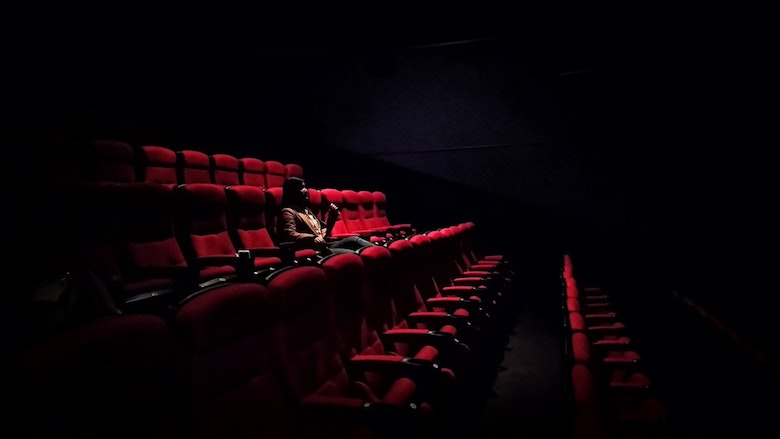 Movie theatres battle for survival worldwide / Credit: Unsplash
Movie theatres battle for survival worldwide / Credit: Unsplash
Theatres across the United States faced similar struggles.
Part of the problem was also continuing need to accommodate keeping people six feet apart for social distancing.
“People didn’t have the confidence to go to the movie theatres [after] we opened in August,” said Wesley Halsey, the general manager of GQT Forum 8. “And we’re still getting small crowds.”
Bradley Prager, a professor of film studies at MU, said this means theatres may struggle to stay in business, though audiences may eventually return.
In India’s multi-billion-rupees Bollywood film industry, the losses are mounting.
Atul Mohan, editor of trade magazine Complete Cinema, told Mint that with the March 2021 quarter box office earnings at barely INR 50 crore, the second quarter seems like a complete washout.
In USA’s Missouri, local theatre Ragtag Cinema found a creative solution: outdoor movies.
To commemorate its 20th birthday and official reopening, Ragtag hosted its first ever drive-in movie screening.
After a great turnout, it began partnering with venues such as Logboat Brewing Company for more outdoor shows.
Dean Asher sat outside Logboat on an April evening, waiting to watch a documentary.
Asher was a frequent moviegoer before the pandemic, and he missed the communal experience of watching a movie with a group of people.
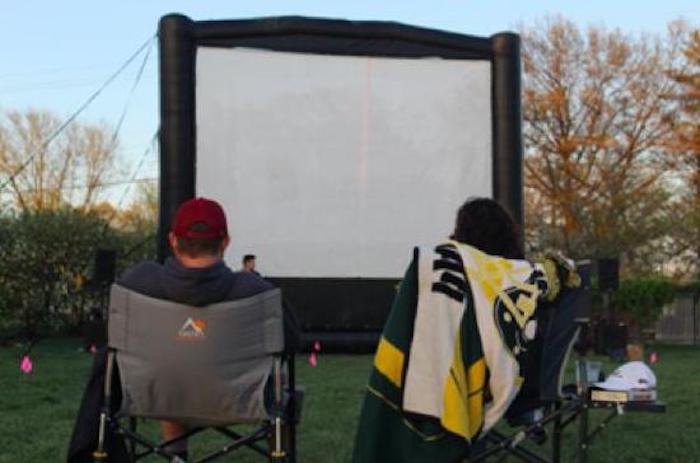 Adam Davis and Sarah Justice sit in front of an outdoor screen at Logboat Brewing Company on April 11 in Columbia. “Before all of this, we had a pretty regular group that would go to UpRise and hang out and then go see a movie and have drinks and discuss it afterward,” they said.
Adam Davis and Sarah Justice sit in front of an outdoor screen at Logboat Brewing Company on April 11 in Columbia. “Before all of this, we had a pretty regular group that would go to UpRise and hang out and then go see a movie and have drinks and discuss it afterward,” they said.
Ragtag’s outdoor screenings have allowed him to regain that feeling in a safe environment.
But not so in India where a devastating second wave threw the country’s healthcare system haywire amid mounting deaths.
“I miss going to the theatre. Going to the night shows to catch the latest releases with friends and popcorns was our weekend fixture. All that seems history now,” says Ananda Majumdar, a movie enthusiast in Kolkata.
The switch to streaming
While movie theatres have struggled, streaming services — like Netflix, Hulu and Disney Plus — have thrived in USA.
The number of streaming service subscribers grew 50% in the past year, according to The Wall Street Journal.
Some people, like Emily Tarby, a 24-year-old in Columbia, prefer the comfort and accessibility streaming offers.
AMC made a deal with Universal Pictures late last July to release films on streaming platforms 17 days after their release in theatres instead of waiting the typical 90 days, according to The Associated Press.
 Streaming services get popular worldwide as big screens suffer. Credit/ Unsplash
Streaming services get popular worldwide as big screens suffer. Credit/ Unsplash
When production companies skip the theatres — like Disney and Pixar have done — they hurt the theatres even more.
Ramsay Wise, an MU film professor, said the shift toward streaming during the pandemic may have been an acceleration toward the inevitable, at least for his family.
“I think eventually we would’ve probably gone this route and embraced (streaming services) at some point, but I think (the pandemic) definitely expedited things,” Wise said.
India favours streaming
The movie industry in India has faced many of the same problems as the U.S.
India reopened movie theatres at half capacity in October, then full capacity in February. In the past few months, the COVID-19 pandemic has become more dire in India, forcing another major shutdown. When they reopened in October, movie theatres struggled to lure the public back, mirroring the troubles faced by American theatre owners.
In the capital city of New Delhi, one cinema reportedly attracted just a little over two dozen people — mainly those who worked in the building — for a late afternoon show that would typically draw a larger crowd.
With people unable to go to theatres safely, OTT — over-the-top media, another term for streaming — has become more popular.
Reliance Entertainment launched the first OTT platform in India in 2008, but during the pandemic, the concept has grown in scope and popularity.
As in the U.S., content producers in India have begun to skip traditional theatrical premiers in favour of OTT platforms.
Amazon Prime Video unveiled nine Indian films — to be released October through December — that were originally headed to theatres. OTTs have also offered a shift from typical Bollywood movies to richer content. Skipping the theatres could have wider ramifications.
Releasing films in theatres first can boost sales, provide a wider audience and help generate more content for OTTs, said Soumya Mukherjee, vice president of revenue and strategy for Kolkata-based streaming platform Hoichoi Entertainment.
“For Hoichoi, when a movie has a theatrical release, it always does well after releasing on the platform,” Mukherjee said.
“This is because of the word of mouth the movie generates because of its marketing beforehand. With no theatrical revenue, it becomes riskier for small-time producers to invest in making a movie.
“As such, fewer producers would survive in certain markets, making content acquisition for OTTs difficult.”
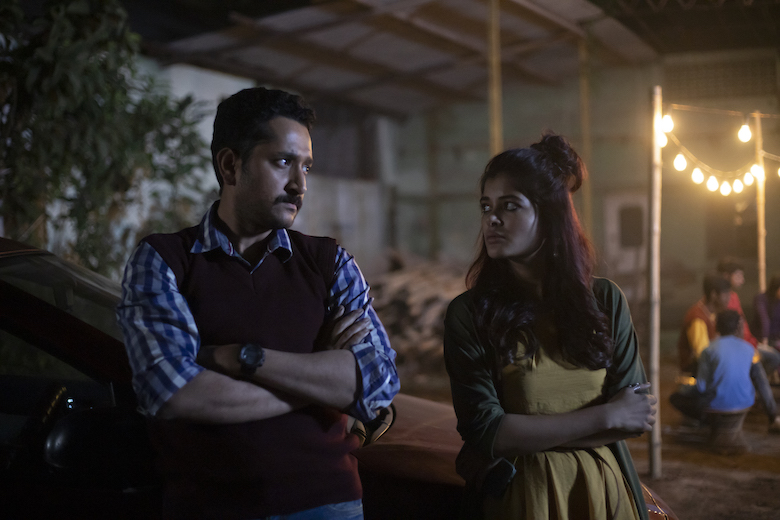 Bengali film Tangra Blues in May had worldwide premier on OTT platform after a month of its theatrical release without any fanfare.
Bengali film Tangra Blues in May had worldwide premier on OTT platform after a month of its theatrical release without any fanfare.
Mukherjee said Hoichoi has seen a change in demographics and viewing patterns with the growing interest in streaming.
OTTs allow audiences to choose exactly what they want to watch, and Mukherjee found that preferences vary depending on factors like age or location.
Garima Sharma Nijhawan, a scholar at Indian Institute of Mass Communication, said the change in viewing could have more to do with convenience than content.
“There was a time when people looked forward to (the) release of a movie on the big screen. The element of excitement to catch their favourite movie in a theatre was like a festivity or celebration,” Sharma Nijhawan said.
“But this event came with a heavy price tag and need for planning time off from other work, the element of traveling to the theatre, reserving your spot and then indulging in the experience.
“With the pandemic, theatre came home.”
Sharma Nijhawan compared the shift to OTTs to paying bills online: It seems weird at first, but after a while, some people will start to forget there was ever another option.
“There will definitely be a change in consumer behaviour toward movie releases on big screens versus OTT,” Sharma Nijhawan said.
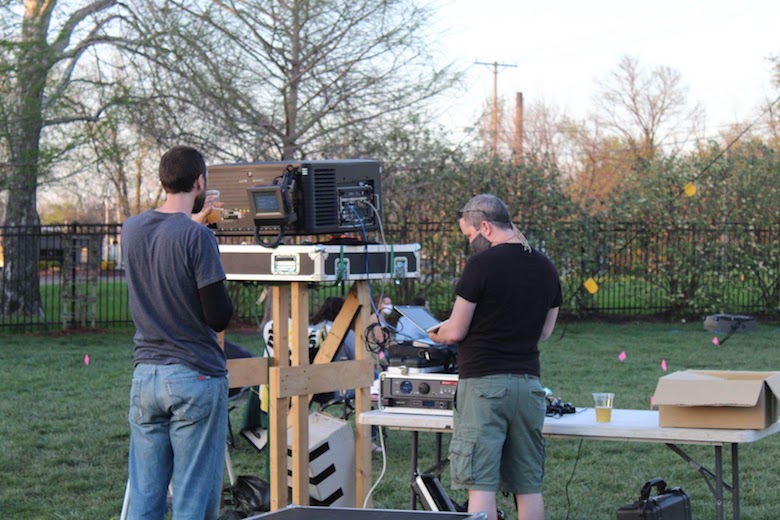 Two projectionists set up the projector for an outdoor screening April 11 at Logboat Brewing Company in Columbia. Logboat uses a 300 lb blow-up screen to show movies outside.
Two projectionists set up the projector for an outdoor screening April 11 at Logboat Brewing Company in Columbia. Logboat uses a 300 lb blow-up screen to show movies outside.
“Some may still prefer to visit the halls when it is safe and enjoy that experience. Young couples, college students, families for whom a visit to a multiplex is recreational activity in nature, might still prefer the experience. But a lot will change for price- and convenience-conscious consumers over time.”
‘It’s just not the same’
In the U.S. and India, the future of movie theatres remains murky. Some people speculate the uptick in streaming may render theatres obsolete, while others predict movie theatres will make a comeback.
Wise said he’s not sure whether movie theatres will ever be what they once were; the pandemic has made the future less predictable.
However, as more of the population in the U.S. gets vaccinated, 2021 may offer a brighter picture for theatre lovers.
The collective feeling an audience gets while watching a film has been a catalyst for communal spectatorship since the ancient Greeks, Prager said. That sense of community could be enough to keep theatres alive.
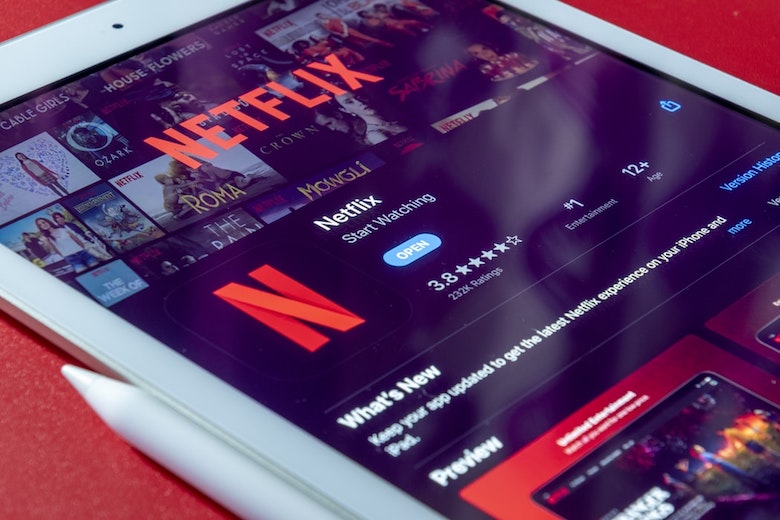
“One of the reasons we like (theatres) is to be among other people and share that kind of communal reaction,” Prager said.
“To laugh when others laugh and to gasp when others gasp. But that's part of the pleasurable experience of going to the theatre , whether it's conscious or not.”
(This is a reporting project by journalism students at the University of Missouri, USA and Indian universities, overseen by US and Indian journalists Laura Ungar and Sujoy Dhar)
Support Our Journalism
We cannot do without you.. your contribution supports unbiased journalism
IBNS is not driven by any ism- not wokeism, not racism, not skewed secularism, not hyper right-wing or left liberal ideals, nor by any hardline religious beliefs or hyper nationalism. We want to serve you good old objective news, as they are. We do not judge or preach. We let people decide for themselves. We only try to present factual and well-sourced news.







